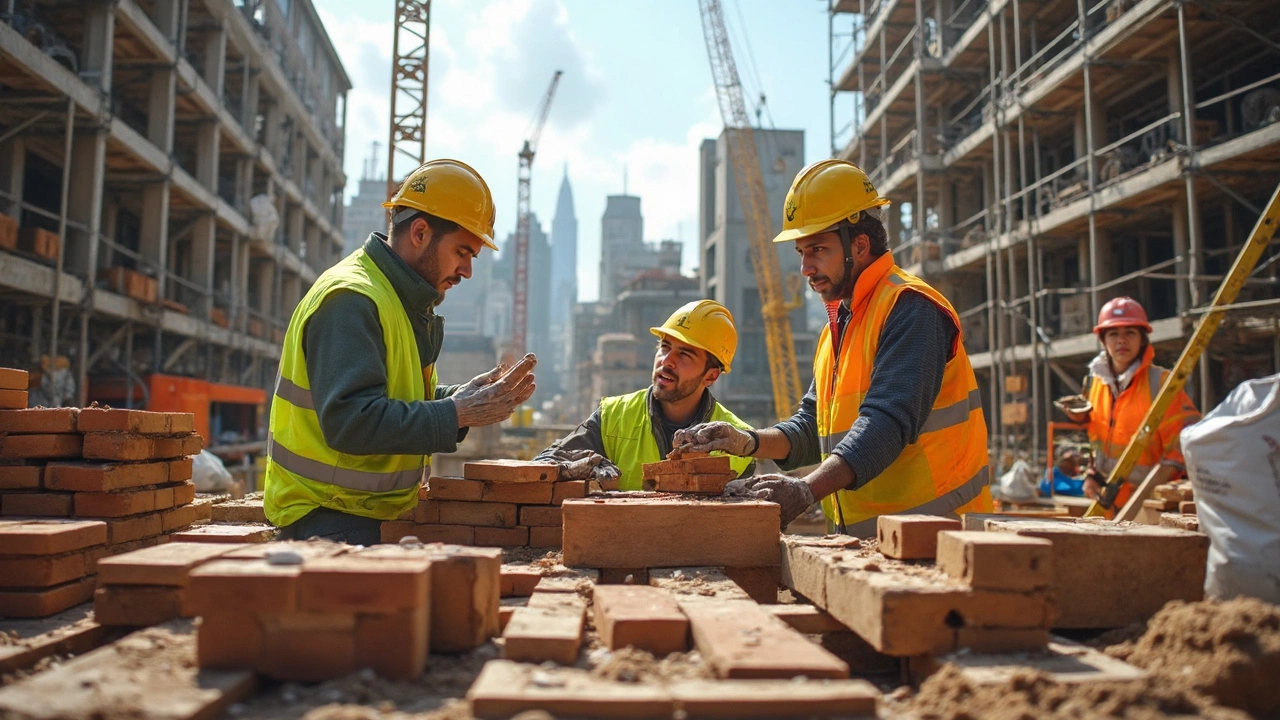Steel Flooring: Strong, Stylish Choices for Any Space
Thinking about a floor that can take a beating and still look good? Steel flooring might be the answer. It’s hard, easy to clean, and works in homes, offices, and shops. Below we break down the real benefits, costs, and how to keep it looking fresh.
Why Choose Steel Flooring?
First off, steel is incredibly durable. Drop a heavy object or walk on it with boots – the surface won’t dent like wood or carpet. It also resists moisture, so it’s great for basements, kitchens, or anywhere spills happen. Because steel doesn’t trap dust, people with allergies appreciate the clean feel.
Another win is the look. Steel can have a sleek, modern shine or a matte finish that mimics concrete. You can even get patterned or brushed styles to add texture. Designers love it for industrial‑style rooms, but it also pairs well with warm furniture for a balanced vibe.
From an environmental angle, steel is recyclable. If you ever replace the floor, the material can be melted down and reused, reducing waste. Plus, many manufacturers use recycled steel, making the flooring greener than new hardwood.
Tips for Installing and Caring for Steel Floors
Installation isn’t as simple as laying down carpet, but it’s not rocket science either. A professional should measure the room, cut the steel panels to size, and secure them with a special adhesive or welding if needed. Make sure the sub‑floor is level; uneven surfaces can cause noise or gaps.
Once it’s in place, routine care is easy. Sweep or vacuum to remove grit that could scratch the surface. For deeper cleaning, a damp mop with a mild soap works fine – avoid harsh chemicals that can dull the shine. If you notice a small rust spot, clean it quickly with a non‑abrasive pad and a rust remover.When it comes to cost, steel flooring sits in the middle of the market. It’s pricier than basic laminate but cheaper than high‑end hardwood. Because it lasts long and needs little upkeep, the overall value adds up over time.
Finally, think about where the floor meets other materials. Use transition strips where steel meets tile or wood to avoid tripping hazards. Adding a protective runner in high‑traffic zones can extend the life of the floor and give a softer feel underfoot.
Bottom line: steel flooring gives you strength, style, and low‑maintenance living. Whether you’re renovating a kitchen, fitting a warehouse, or just want a fresh look, steel can handle the job. Talk to a flooring specialist, weigh the budget, and decide if this tough material fits your next project.
The Essential Construction Materials: Concrete, Steel, Wood Explained
- Gavin Whitaker
- |
- |
- 0
Curious about the backbone of every building? Discover why concrete, steel, and wood shape everything from skyscrapers to homes, plus maintenance and cost tips.
View more5 Primary Raw Materials in Construction: Key Basics You Need to Know
- Gavin Whitaker
- |
- |
- 0
Wondering what basic materials go into any building project? This article clearly lays out the five core raw materials every construction worker, contractor, or home builder deals with every single day. Cut through the confusion about ingredients, sources, and key uses. You’ll get practical insights, surprising facts, and hands-on tips to help you make smarter choices for your next build or renovation. Perfect if you want to understand why these materials matter and what to keep in mind when selecting them.
View more
